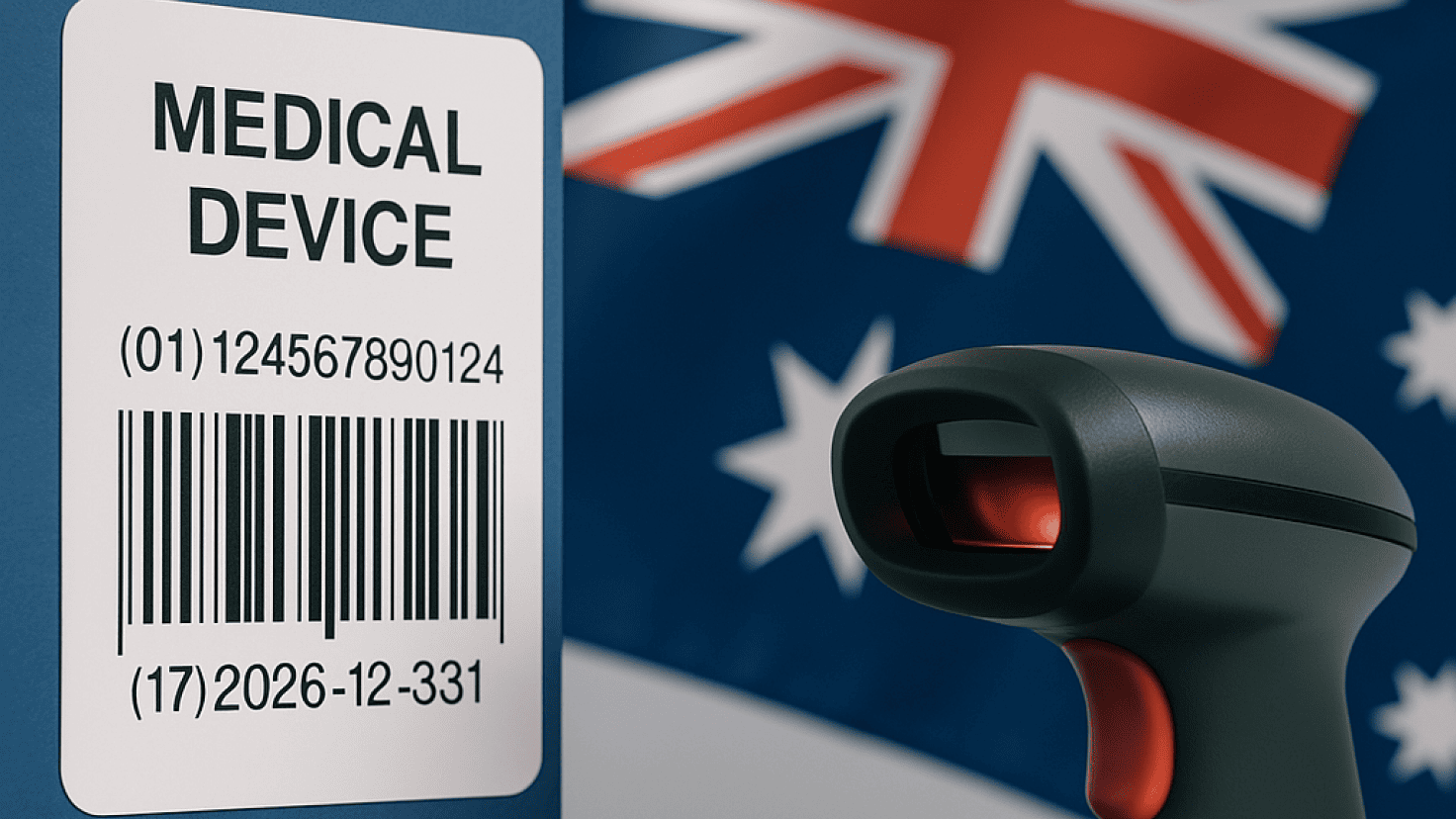Registration Process in Italy
Under the EU harmonized standards, all medical devices must obtain CE marking before being marketed in the European Union. The CE mark signifies conformity with the current EU Medical Device Regulation (MDR) and In Vitro Diagnostic Regulation (IVDR), allowing the device to be marketed throughout the EU, regardless of the country of registration.
In Italy, manufacturers must register their medical devices with the Ministry of Health’s national database, known as the Banca Dati dei Dispositivi Medici (BD/RDM). This registration process is mandatory for all classes of medical devices.Ministry of HealthWikipedia
Manufacturers are also encouraged to implement a Quality Management System (QMS). One of the most recognized standards is the ISO 13485 certification, which is valid for three years.
The duration of the registration process varies depending on the class of the device. Class I devices, being low risk, typically have a quicker registration process. In contrast, Class III devices, due to their high risk, may require several months for registration. This timeframe can also vary based on the specific requirements of each EU member state’s regulatory authority.
Market overview
Italy remains a mature and significant market for medical devices, ranking as the fourth largest in Europe after Germany, France, and the United Kingdom. The Italian medical device sector encompasses approximately 4,500 companies, including 42% distributors, 53% producers, and 5% service providers, employing over 118,000 individuals. As of 2021, the market was valued at $11.8 billion, with imports accounting for $7.8 billion. Public hospitals are the primary purchasers, accounting for over 75% of medical device acquisitions, while the private sector accounts for the remaining 25%. Despite a robust local manufacturing industry, Italy’s medical device market is heavily reliant on imports. Major suppliers include the Netherlands (28.2%), Germany (21.4%), Belgium (11.7%), France (8.1%), China (5.9%), and the United States (5.3%).
The highest demand for medical equipment in Italy includes areas such as high-frequency medical lasers, home care equipment, remote monitoring equipment, anesthesiology equipment, and stimulators and defibrillators. The Italian government’s emphasis on value-based healthcare is driving demand for innovative products that offer better health outcomes in cost-effective ways. This shift is creating opportunities for companies with advanced technologies, particularly in preventive care, remote monitoring, and early identification of at-risk patients.
Medical device regulations: https://www.regdesk.co





